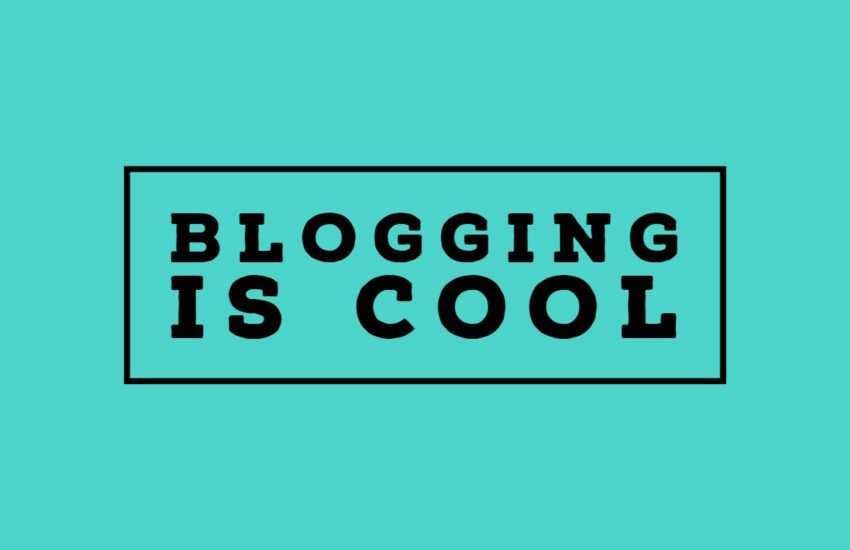Understanding Content Briefs: Types and Key Components
A content brief is a document that outlines the requirements, goals, and expectations for a piece of content. It serves as a roadmap for writers, providing them with the necessary information to create high-quality and relevant content.
Key Components of a Content Brief
A well-crafted content brief should contain the following key components:
1. Target Audience
Identify the specific target audience for the content. This includes demographics such as age, gender, location, and interests. Understanding the target audience helps the writer tailor the content to their needs and preferences.
2. Objective and Purpose
Clearly define the objective and purpose of the content. Is it meant to inform, entertain, persuade, or educate? Defining the purpose helps the writer align their content with the desired outcome.
3. Topic and Key Points
Specify the topic of the content and outline the key points that need to be covered. This helps the writer stay focused and ensures that all relevant information is included.
4. Tone and Style
Describe the desired tone and style of the content. Should it be formal or informal, conversational or professional? Providing guidance on tone and style helps the writer create content that resonates with the target audience.
5. Keywords and SEO Requirements
Include a list of keywords and any specific SEO requirements. This helps the writer optimize the content for search engines and improve its visibility online.
6. Formatting and Structure
Specify the desired formatting and structure of the content. This includes headings, subheadings, bullet points, and any other formatting elements. A clear structure enhances readability and makes the content more user-friendly.
7. References and Sources
If the content requires research or references, provide a list of reliable sources or reference materials. This ensures that the content is accurate and well-supported.
8. Deadlines and Deliverables
Set clear deadlines for the content creation process, including submission dates and any intermediate milestones. Also, specify any additional deliverables, such as images or infographics, that need to be included.
Different Types of Content Briefs
There are various types of content briefs, each tailored to specific content requirements. Here are a few examples:
1. Blog Post Brief
A blog post brief outlines the topic, target audience, desired word count, key points, and SEO requirements for a blog post. It may also include guidelines for incorporating internal or external links and relevant images.
2. Social Media Brief
A social media brief provides instructions for creating content for social media platforms. It includes details on the desired tone, length, hashtags, and any specific platform requirements.
3. Case Study Brief
A case study brief outlines the purpose, target audience, key points, and desired format for a case study. It may also include specific data or examples that need to be included.
4. Whitepaper Brief
A whitepaper brief provides guidelines for creating an in-depth, research-based document. It includes the objective, target audience, key sections, and any specific formatting or referencing requirements.
5. Video Script Brief
A video script brief provides instructions for creating a script for video content. It includes the desired tone, key messages, visual cues, and any specific timing or formatting requirements.
By providing a clear and comprehensive content brief, you can ensure that writers have all the necessary information to create content that meets your expectations. A well-crafted content brief saves time, improves communication, and leads to better content outcomes.
